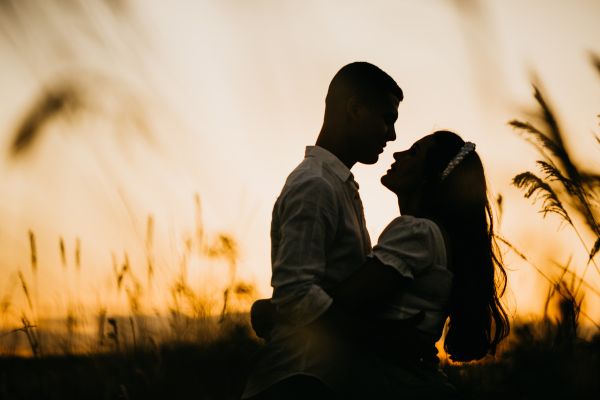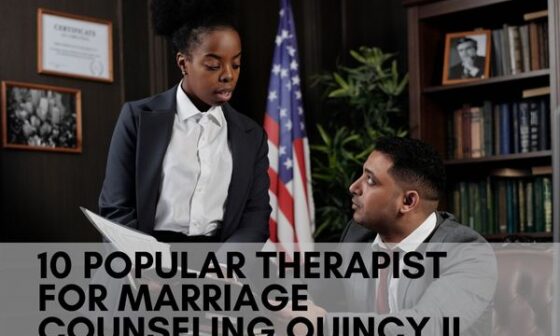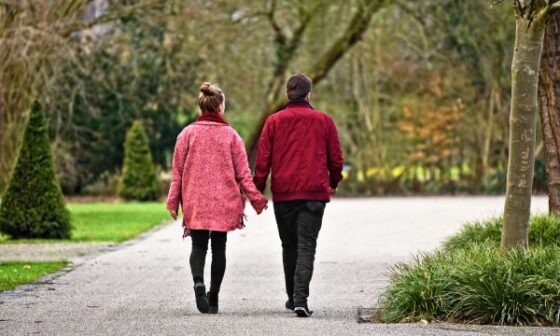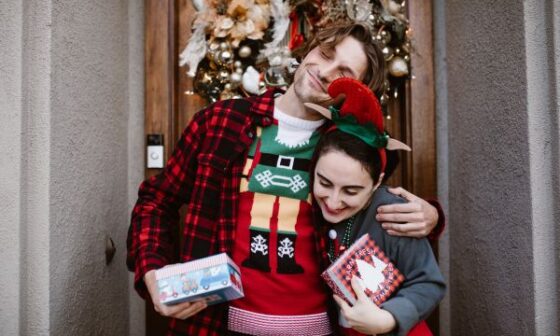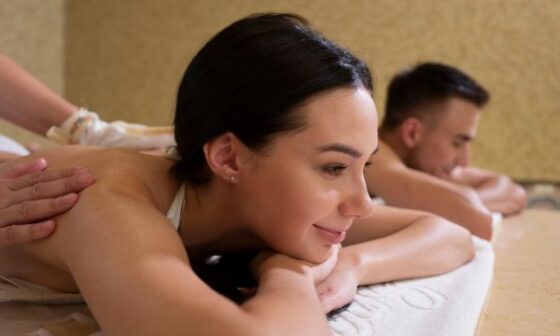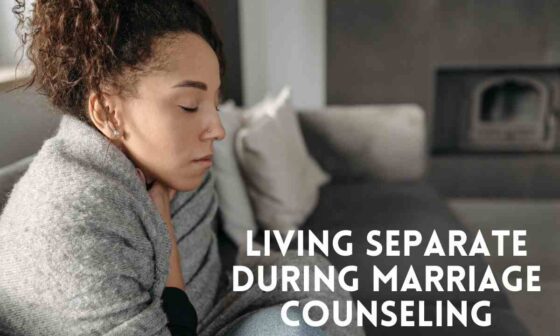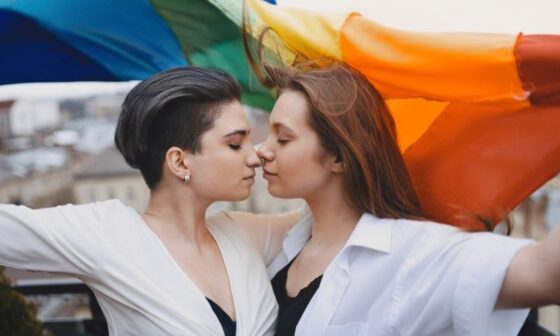Have you ever noticed that some couples seem to bear a striking resemblance to each other? It’s an intriguing phenomenon that sparks curiosity and leads us to question the science behind it. Why do couples look alike? Is it mere coincidence, a trick of perception, or is there something more profound at play? In this article, we’ll delve into the fascinating world of couple resemblance, exploring the scientific, genetic, psychological, and evolutionary factors that contribute to this curious phenomenon.
Why Do Couples Look Alike
When we think about couples looking alike, it’s essential to first understand the science of attraction. Initial attraction often stems from a blend of physical, emotional, and psychological factors. While these factors can be diverse, some couples may naturally gravitate towards each other due to shared genetics and experiences.
1. Genetic Similarities
One of the primary drivers behind couple resemblance lies in genetics. Our genetic makeup influences our physical traits, such as facial features, body type, and even the color of our eyes. When two people share genetic similarities, they might exhibit common facial structures or expressions, creating a visual link between them.
Shared ancestry also plays a role. Couples from the same ethnic or cultural background might share specific genetic traits that manifest as similar physical features. The interplay between dominant and recessive genes further contributes to these resemblances.
2. Behavioral Mimicry
Have you ever noticed how couples often mirror each other’s behaviors and gestures? This phenomenon, known as behavioral mimicry, is an unconscious way of establishing rapport and connection. It goes beyond words and involves non-verbal communication. Over time, this mimicry can lead to the subtle convergence of facial expressions, resulting in couples looking more alike.
3. Lifestyle and Environmental Factors
Beyond genetics, shared lifestyles and environments can also influence how couples look alike. Couples often adopt similar habits and routines, leading to comparable physical changes. From dietary choices to exercise routines, these shared activities can impact body weight, muscle tone, and even skin complexion.
Environmental factors such as sun exposure and aging can also contribute. Spending time together outdoors can lead to similar changes in skin tone and texture over time, further enhancing the visual resemblance.
4. Psychological Bonding
The psychological connection between couples goes beyond emotional understanding. Shared experiences, challenges, and triumphs can lead to couples developing similar expressions. Empathy plays a significant role, as partners unconsciously mirror each other’s emotions. This emotional mirroring can lead to subtle shifts in facial expressions, reinforcing the physical resemblance.
5. Social and Cultural Influences
Social and cultural influences also shape couples’ appearances. Couples may adopt similar grooming habits, hairstyles, and even fashion choices, influenced by societal norms and trends. Looking alike can signify a sense of belonging and compatibility, strengthening the bond between partners.
6. The Role of Dopamine
Dopamine, often referred to as the “feel-good” neurotransmitter, plays a crucial role in bonding and attachment. When we’re attracted to someone, our brain releases dopamine, reinforcing positive feelings. This neurological response can influence how we perceive physical traits, making our partners’ features more appealing and familiar.
7. Evolutionary Theories
From an evolutionary standpoint, choosing a partner with similar genetics offers potential benefits. It increases the chances of producing offspring with strong genetic advantages. This instinctual drive for the survival and thriving of offspring may unconsciously guide us towards partners with shared traits, leading to a gradual resemblance.
The Power of Unconscious Choices
Many of the factors contributing to couples looking alike operate on an unconscious level. Our preferences, behaviors, and even perceptions are often shaped by subconscious processes. These unconscious choices, guided by evolutionary mechanisms and psychological bonding, create a web of subtle connections that contribute to the phenomenon.
Case Studies and Examples
Numerous case studies and examples abound, showcasing couples who remarkably resemble each other. From Hollywood celebrities to everyday people, these instances provide tangible evidence of the phenomenon. Such examples help us appreciate the diversity of ways in which couples can appear alike.
Nature vs. Nurture
The debate between nature and nurture comes into play when discussing couple resemblance. While genetics play a significant role, environmental factors cannot be dismissed. The interaction between genetic predispositions and shared experiences highlights the complexity of this phenomenon.
Challenging the Notion
It’s important to note that not all couples resemble each other. Counterexamples challenge the idea that couples must look alike to form strong bonds. Individuality within relationships is vital, and not conforming to the resemblance pattern is entirely normal and healthy.
Implications and Relationship Dynamics
The phenomenon of couples looking alike has both positive and negative implications. On one hand, it can enhance the sense of connection and shared identity. On the other hand, it might lead to unrealistic expectations or a lack of appreciation for each partner’s unique attributes. Recognizing the balance between shared resemblance and individuality is crucial for healthy relationship dynamics.
Conclusion
In conclusion, the question of why couples look alike is a multifaceted one with a blend of scientific, genetic, psychological, and evolutionary factors. From genetics and behavioral mimicry to shared experiences and societal influences, the resemblance between partners is a result of intricate connections. Embracing both similarities and differences can lead to a deeper appreciation of the complexities that shape our relationships.
FAQs About Couples’ Resemblance
1. Do all couples eventually start looking alike? Not necessarily. While some couples may exhibit similar physical traits over time, it’s not a universal rule. Couples can maintain their individual identities despite shared experiences.
2. Can lifestyle changes break the resemblance between partners? Yes, lifestyle changes like different exercise routines or eating habits can influence physical appearance. Over time, these changes might lead to less resemblance.
3. Are there any drawbacks to couples looking alike? While resemblance can enhance a sense of connection, it’s essential to appreciate each partner’s unique attributes. Overemphasizing resemblance might overlook individuality.
4. Can couples with contrasting appearances have strong relationships? Absolutely. Physical appearance doesn’t dictate the strength of a relationship. Emotional connection, shared values, and communication are vital factors.
5. How can couples maintain their individuality within a resemblance? Maintaining individuality involves embracing personal interests, hobbies, and characteristics. Communication and support for each other’s uniqueness are key to a balanced relationship.

